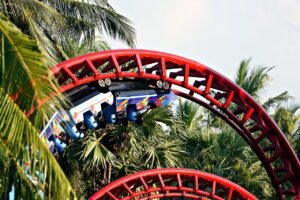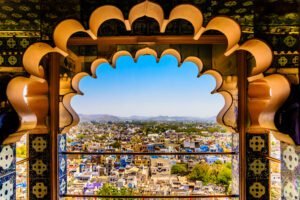Overview
Did you know that when people mention Holland, they’re actually talking about two specific provinces—North Holland and South Holland? That’s right! The Netherlands, on the other hand, is the name for the entire country, which is made up of twelve unique provinces. Understanding this distinction is super important for travelers like you! It not only helps you navigate the landscape better but also deepens your appreciation for the rich Dutch culture and history. So, as you plan your adventures, think about how this knowledge can enhance your experience, encouraging you to dive into local traditions and explore the diverse regional offerings that await you!
Key Highlights:
- Holland refers specifically to two provinces: North Holland and South Holland, while the Netherlands encompasses all twelve provinces.
- The Netherlands has a temperate maritime climate, ideal for agriculture and tourism, with a population of approximately 17.5 million as of 2025.
- Late spring and early autumn are recommended times for photography due to pleasant weather and fewer tourists.
- The term ‘Holland’ originated from the Old Dutch word ‘holtland,’ meaning ‘wood land,’ and has evolved to represent significant cultural and economic power.
- Major cities like Amsterdam and Rotterdam are critical for trade, tourism, and cultural experiences, contributing significantly to the national economy.
- Tourism in the Netherlands contributed 3.8% to GDP in 2023, reflecting a strong recovery with a focus on promoting lesser-known provinces.
- Cultural events such as King’s Day and the Amsterdam Light Festival play vital roles in community bonding and tourism, showcasing Dutch heritage.
- The Dutch government is actively promoting travel beyond Holland to highlight the diverse offerings of all provinces.
- Travelers are encouraged to engage with local culture through festivals, markets, and traditional foods to enhance their experience.
Introduction
When it comes to travel, you might find yourself puzzled by the distinction between Holland and the Netherlands. But understanding this difference can truly enhance your journey through this captivating country! Holland consists of the provinces of North Holland and South Holland, yet many people mistakenly use the term to refer to the entire Netherlands, which is rich in diverse regions and cultures.
In this article, we’ll dive into the geographical, historical, and cultural nuances that set Holland apart from the rest of the Netherlands. You’ll discover vibrant traditions, economic contributions, and how perceptions of this enchanting destination are evolving. By appreciating these distinctions, you’ll be able to navigate your travels with greater insight, uncovering the unique stories and experiences that each region has to offer. So, are you ready to explore? Let’s embark on this adventure together!
Understanding the Basics: Holland vs. the Netherlands
Holland specifically refers to two provinces within the country—North Holland and South Holland—highlighting the distinction in the discussion of Holland versus the Netherlands. In contrast, the term ‘Holland versus the Netherlands’ encompasses the entire country, which consists of twelve provinces. This distinction is often overlooked, leading to confusion among travelers and those less familiar with Dutch geography.
Understanding this difference is crucial for appreciating the unique cultural and historical significance of each region.
Geographically, the Netherlands is characterized by its temperate maritime climate, influenced by the North Sea, which brings warm summers and mild winters. This climate not only contributes to the lush landscapes and vibrant agricultural sectors found throughout the country but also affects travel seasons, making spring and summer particularly appealing for visitors. As of 2025, the population of the Netherlands is approximately 17.5 million, with the western region accounting for a significant portion of this number, particularly due to urban centers like Amsterdam and Rotterdam.
For travelers looking to capture the essence of their experiences, late spring and early autumn are ideal times for photography! The pleasant weather and fewer tourists create perfect conditions for those stunning shots. Planning outfits in advance and considering the logistics of changing locations can enhance your photographic journey. Early mornings often yield less crowded scenes, allowing for more intimate captures of the breathtaking landscapes.
Additionally, wearing traditional attire or incorporating local symbols and landmarks can add a unique cultural touch to your photographs. Props like balloons, bicycles, or even pets can infuse personal elements into your engagement photography, making those moments even more memorable. It’s also essential to check local regulations and obtain the necessary permits for professional photography to ensure compliance and enhance your overall experience.
Recent conversations in travel communities have highlighted the frequent confusion surrounding Holland versus the Netherlands, often resulting in misunderstandings about the nation’s identity. For instance, many travelers may refer to their experiences in Amsterdam, located in North Holland, as an example of Holland versus the Netherlands, which can dilute the rich diversity of the other provinces. The Design Tourist blog emphasizes the importance of understanding these distinctions, as it can transform ordinary trips into extraordinary journeys through insightful content and unique perspectives.
Statistics reveal that the hospital bed density in the Netherlands stands at 3.2 beds per 1,000 population, reflecting the country’s robust healthcare system. This statistic highlights the quality of life that visitors can anticipate when exploring the region, contributing to a sense of safety and well-being during your journeys.
As Karen LeBlanc, a journalist and creator of The Design Tourist, states, “By combining expert storytelling with practical advice for journeys, The Design Tourist empowers readers to explore the world with a creative lens.” This approach not only enriches your journey experience but also fosters a deeper appreciation for the cultural narratives that define each area.
In summary, recognizing the distinction between Holland versus the Netherlands not only enhances your travel experience but also encourages you to engage more meaningfully with the places you visit. By understanding these geographical nuances and incorporating creative photography tips, you can navigate your journeys with greater insight and connection to the rich tapestry of Dutch culture.
A Historical Perspective: The Evolution of Names
Did you know that the term ‘Holland’ has its roots in the 11th century? It comes from the Old Dutch word ‘holtland,’ which means ‘wood land.’ This name originally referred to a specific region that grew into a significant power within the Dutch Republic. Over time, the line between ‘Holland versus Netherlands’ became a bit fuzzy, as ‘Holland’ started to represent the entire country, thanks to its economic and political clout during the republic’s heyday.
After Napoleon’s defeat in 1815, the official title ‘this region’ took on new meaning, marking the formation of the Kingdom of this area. This shift wasn’t just about political power; it also reflected the nation’s evolving identity as it aimed to unify its diverse regions under one banner.
Fast forward to 2025, and you’ll find that the population growth rate in that region is at 0.39%. This steady increase highlights the ongoing appeal of the country as a destination for both residents and tourists alike! It’s fascinating to think about how the rich legacy and historical significance of places like Holland versus Netherlands continue to draw millions of visitors each year.
One prime example of this allure is the Keukenhof Gardens, located near Lisse. Known as one of the world’s largest flower gardens, it beautifully showcases the Netherlands’ rich horticultural heritage, especially its tulip cultivation. Each spring, the gardens attract millions, celebrating the country’s floral artistry and landscape design. This connection between Holland versus Netherlands is a testament to its historical identity and modern-day cultural significance.
The evolution of the name ‘Holland’ and its historical context is more than just semantics; it tells the broader story of Dutch identity and heritage. As Karen LeBlanc, a journalist and host of The Design Tourist, puts it, “By combining expert storytelling with practical advice for journeys, The Design Tourist empowers readers to explore the world with a creative lens.” This perspective is so important as the country navigates its place in the world, emphasizing authenticity and creativity in travel experiences.
And let’s not forget about the Dutch military! One of the oldest in Europe, it transitioned to a professional army in 1996 and has participated in various international conflicts since then. Understanding these historical elements gives us valuable insights into the cultural narratives that shape the country today.
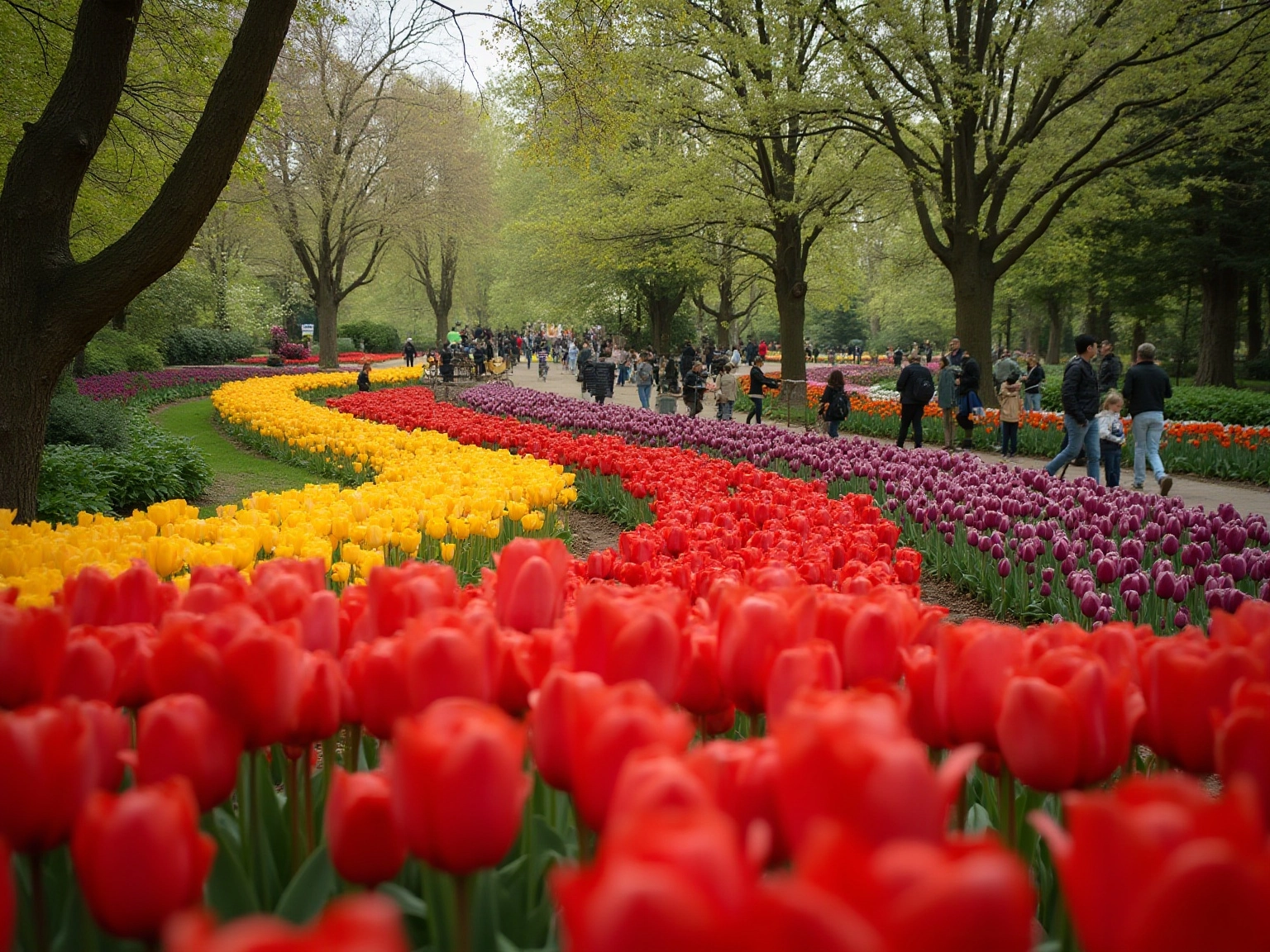
Geography and Politics: What Sets Them Apart?
The region located in the western part of the country is renowned for its flat terrain, intricate network of waterways, and proximity to the North Sea. This area consists of two provinces: North and South, each with its own local government structures. Interestingly, while this country operates under a parliamentary constitutional monarchy, governance is centralized at the national level, yet regional authorities play a crucial role in local administration.
Understanding this political framework is essential, as it influences how resources are distributed and policies are implemented across the country. For instance, you’ll find that this region benefits from significant economic activity thanks to urban centers like Amsterdam and Rotterdam. But don’t worry—this governance system ensures that other areas also receive attention and resources, fostering balanced development.
Geographically, this area is marked by its iconic windmills, tulip fields, and dikes, which are vital for flood protection. And guess what? The larger area encompasses diverse geographical features, including the Wadden Sea, a UNESCO World Heritage site, and the mountainous regions in the southeast. As of 2023, the exchange rate stands at approximately 0.925 euros per US dollar, reflecting the economic dynamics that influence commerce and movement within the region.
Recent discussions around the political structure of the country in the context of Holland versus the Netherlands highlight the ongoing evolution of governance in response to contemporary challenges, such as climate change and urbanization. Plus, the country’s participation in the European Space Agency underscores its commitment to international collaboration and innovation.
Now, let’s talk about The Design Tourist Blog, created by Karen LeBlanc. It’s a fantastic resource for travelers seeking authentic experiences in the region. LeBlanc emphasizes that every destination has a story to tell through its local art, architecture, culture, and craft. As she beautifully puts it, “By merging expert storytelling with practical journey advice, The Design Tourist enables readers to explore the world with a creative lens.”
This mission aligns perfectly with the interests of design enthusiasts, offering insights into the rich tapestry of culture and history that defines these regions. The blog’s acknowledgment with NATJA Gold and Bronze Awards further boosts its credibility as a source of information on travel and culture, making it an essential guide for those looking to immerse themselves in the authentic experiences that the Netherlands has to offer.
Cultural Highlights: Traditions and Festivals of Holland and the Netherlands
Holland is famous for its lively festivals, with King’s Day standing out as a vibrant celebration of the Dutch monarchy. In 2025, this national holiday is set to draw crowds into the streets, where you’ll find lively street parties, music, and a sea of orange attire, all symbolizing national pride. This celebration not only honors the royal family but also fosters a sense of community and identity among the Dutch people.
But that’s not all! This country offers a rich tapestry of cultural events that reflect its diverse heritage. Take the Amsterdam Light Festival, for instance. Each winter, it transforms the city into a stunning canvas of illuminated art, attracting visitors from around the globe. This festival showcases the intersection of art and technology, with installations that invite you to engage with the city in a unique way.
And let’s not forget the Bloemencorso flower parade, celebrated in various regions. It highlights the country’s floral heritage, featuring elaborate floats adorned with vibrant blooms.
The cherished traditions, like Sinterklaas, are shared by Holland and the Netherlands, including festive celebrations with parades, music, and the exchange of gifts. This event, deeply rooted in Dutch culture, exemplifies the warmth and joy of community celebrations.
Did you know that heritage festivals significantly impact local economies and tourism? Events like King’s Day and the Amsterdam Light Festival draw thousands of visitors each year! For instance, the GO City Amsterdam Pass includes over 25 attractions and tours, showcasing the appeal of these artistic experiences. In 2025, it’s anticipated that these festivals will not only enrich the artistic landscape but also contribute to the economic vitality of their respective regions.
Case studies on the impact of these celebrations illustrate their importance in preserving Dutch culture. For example, the King’s Day festivities have been shown to strengthen community bonds and promote national pride, while the Amsterdam Light Festival has been recognized for its role in boosting tourism and showcasing local artistry. Plus, this country boasts one of the best transportation infrastructures globally, emphasizing safety and sustainability, with biking promoted as a safe and relaxing means of getting around during these events.
Together, these events highlight the rich heritage of Holland and the Netherlands, inviting both locals and tourists to partake in the vibrant traditions that define this remarkable country.
As Karen LeBlanc, creator of The Design Tourist, beautifully states, “By combining expert storytelling with practical travel advice, The Design Tourist empowers readers to explore the world with a creative lens.” This mission resonates deeply with the cultural experiences discussed, encouraging a deeper appreciation for the artistry and community spirit found in these celebrations.
To enhance your experience, consider planning your visit around these festivals and exploring local attractions. Share your experiences on social media and connect with fellow travelers to celebrate the vibrant culture of the region!
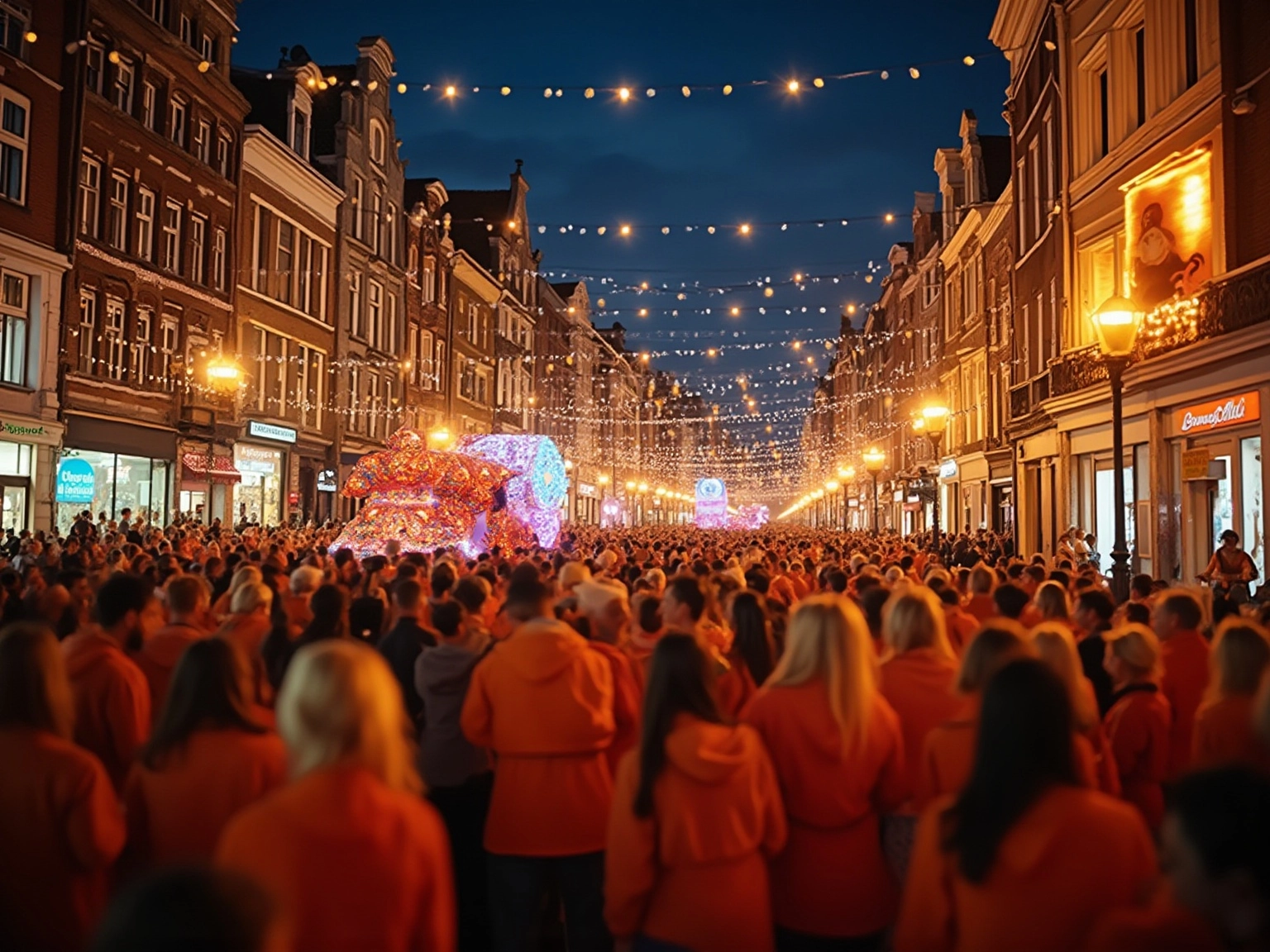
Economic and Social Contributions: Holland and the Netherlands in Context
When we dive into the discussion of Holland versus the Netherlands, it’s hard not to notice how Holland, especially through its provinces, has long served as the country’s economic engine. It plays a pivotal role in trade, agriculture, and tourism. Major cities like Amsterdam and Rotterdam are not just cultural hubs; they’re critical nodes in international trade, helping to move goods across global markets. In 2024, the country boasted a merchandise trade balance of 96.7 billion, showcasing its robust export-driven economy!
However, there’s a twist. The recent broad tariff imposed by the US on all European goods is throwing some challenges into the mix for sectors that heavily rely on exports, like mechanical engineering and chemicals.
Now, let’s talk about agriculture! This sector in the region is truly renowned for its innovative practices, especially in the context of Holland versus the Netherlands. It positions the country as one of the world’s leading exporters of products like flowers and dairy. What’s even more exciting is that this agricultural prowess is paired with a strong emphasis on sustainability and technology, which is essential for staying competitive in a rapidly changing global market.
Tourism also plays a significant role in the economic landscape of both regions. When you think about Holland versus the Netherlands, consider how the entire country attracts millions of visitors each year! They’re drawn in by rich cultural heritage, stunning architecture, and a vibrant arts scene. By 2025, tourism statistics are expected to show continued growth, with the distinctive offerings of the region making it an even more attractive travel destination.
Recent insights suggest that tourism is projected to significantly boost local economies. Visitors contribute to various sectors, including hospitality and retail. Plus, the economic contributions of the provinces in the Netherlands are substantial! Housing investment is projected to grow by 5% in 2025 and 1.8% in 2026, which is great news for the GDP and further solidifies the region’s importance within the national economy.
But, let’s not ignore the challenges. Housing shortages and climate risks are still on the table, requiring careful policy management to ensure sustainable development.
In summary, the economic contributions of this region to the country are multifaceted. Discussions about Holland versus the Netherlands often encompass trade, agriculture, and tourism. As the country navigates the complexities of a global economy, the interplay between these sectors will be crucial for future growth and resilience. The country’s open and export-driven economy, highlighted in the Economic Overview, underscores the importance of strategic management in addressing both opportunities and challenges. So, what are you waiting for? There’s so much to explore!
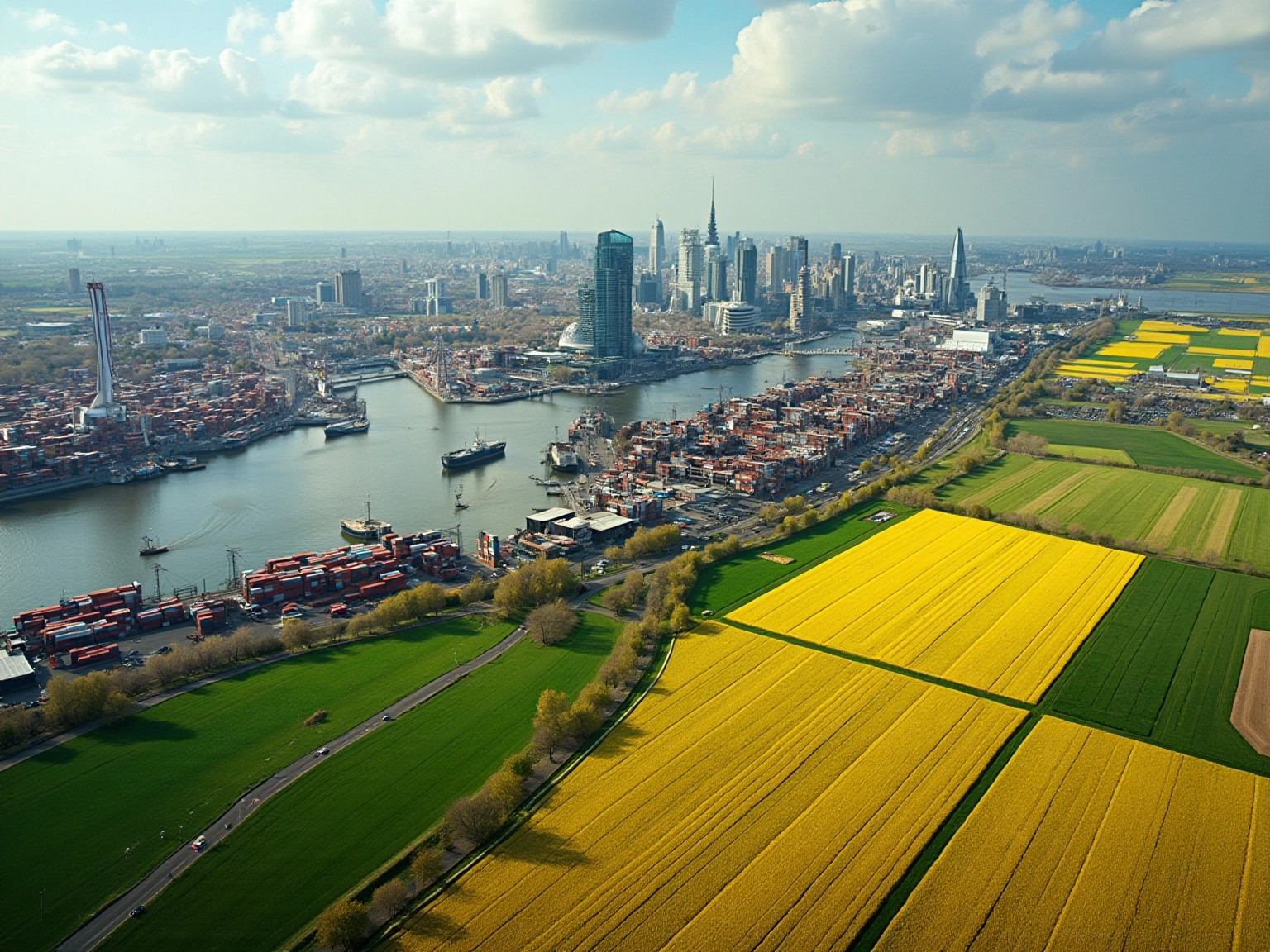
Modern Implications: Tourism and Global Perception
Tourism in the Netherlands is all about the enchanting charm of the region, famous for its iconic windmills, vibrant tulip fields, and bustling cities like Amsterdam and Rotterdam. But let’s not forget—this focus can sometimes overshadow the rich tapestry of cultural experiences waiting to be discovered in the other provinces! Recognizing this, the Dutch government has kicked off campaigns to promote the entire country, inviting you to venture beyond Holland. Dive into diverse landscapes, historical sites, and unique traditions that characterize the ongoing discussion of Holland versus Netherlands.
In 2023, tourism made a significant impact on the Dutch economy, contributing 3.8 percent of GDP—up from 3.5 percent in 2022. This growth reflects a broader trend across all tourism-related sectors, showcasing a robust recovery and rising interest in exploring the country. Domestic tourism has also seen a remarkable rise, with 29.1 million arrivals recorded in tourist accommodations from 2013 to 2023. And guess what? Amsterdam attracted 1.9 million domestic hotel guests, highlighting the city’s enduring appeal.
Moreover, domestic tourism expenditure reached 68.4 million EUR, which emphasizes the economic influence of local excursions and the importance of supporting regional design and artistic initiatives. As we look ahead to 2025, the Package Holidays sector is set to draw 8 million users, with an average revenue per user projected at US$860. This trend suggests a growing appetite for curated travel experiences that shine a light on both Holland and the lesser-known provinces, promoting a more inclusive approach to Dutch tourism, especially in the ongoing discussion of Holland versus Netherlands.
To enhance your travel experience, why not incorporate local culture into your photography?
- Wear traditional attire or include local symbols and landmarks in your photos for that unique touch!
- Early mornings are often perfect for capturing less crowded shots, and props like balloons or bicycles can add a fun element to your pictures.
- Plus, late spring and early autumn are ideal times for photography, with pleasant weather and fewer tourists around.
Just a heads up—most national parks require permits for professional photography, so be sure to check local regulations and obtain the necessary permits in advance. And let’s not forget about traditional Dutch foods! Dishes like Bamischijf, Jenever, Bitterballen, and Erwtensoep play a vital role in enriching the cultural experience for visitors. These culinary delights not only embody local heritage but also serve as a portal for tourists to engage with the region’s history and traditions, enhancing their overall journey.
The global perception of Holland versus Netherlands is evolving, with a growing acknowledgment of the unique offerings beyond the well-trodden paths of Holland. By embracing this broader narrative, the country can cultivate a more comprehensive understanding of its rich heritage, ultimately enhancing the experiences of visitors and supporting local economies across all provinces. This change doesn’t just support tourism; it also emphasizes the complex connection between exploration, design, and experiences, appealing directly to design enthusiasts seeking deeper connections during their journeys.
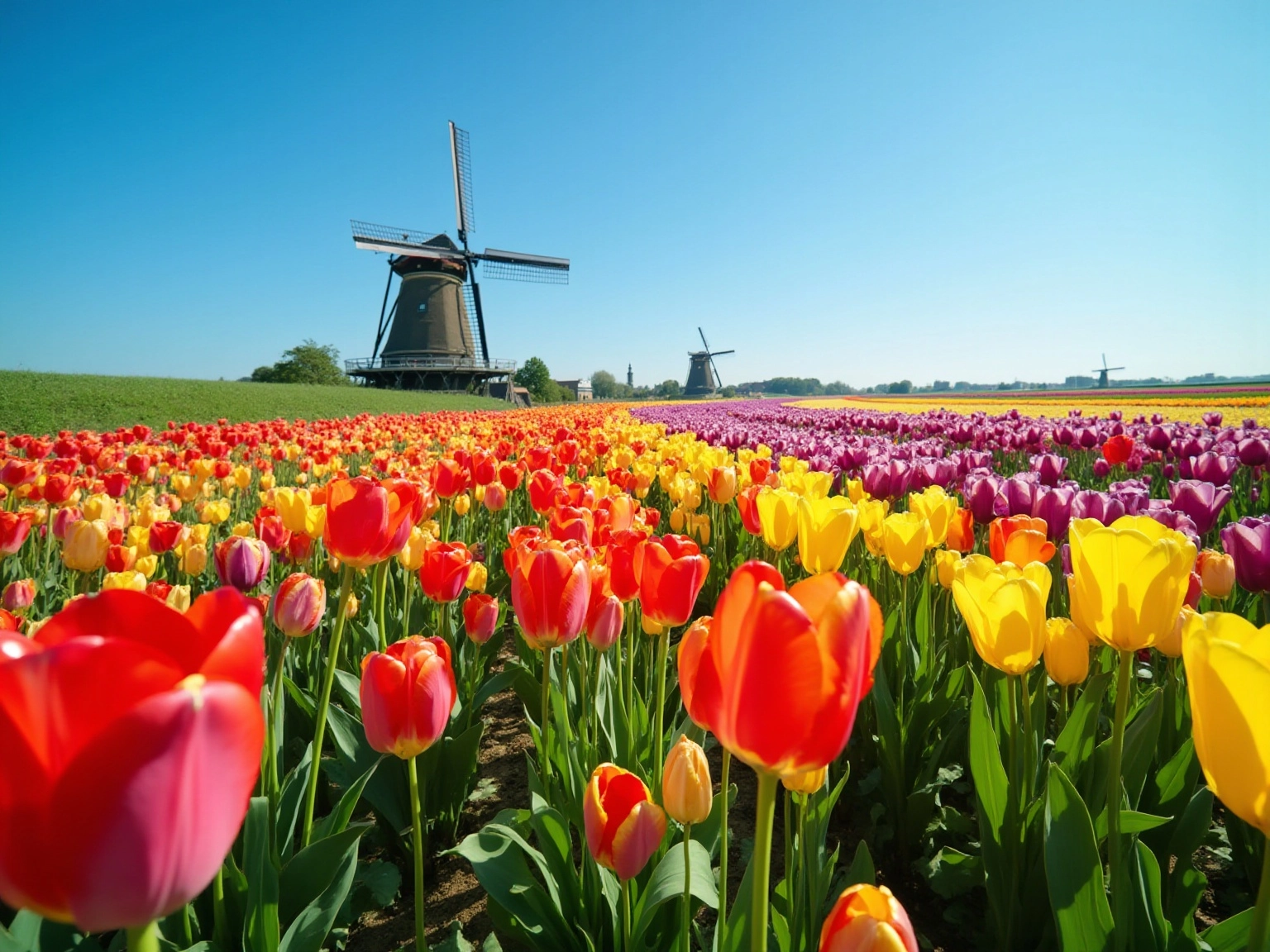
Why It Matters: Appreciating the Distinction for Travelers
For you, as a traveler, grasping the difference between Holland and the Netherlands is essential for exploring the vibrant heritage of this lively nation! This insight not only enriches your journey but also encourages you to engage more deeply with local traditions and discover the unique characteristics of each region. By recognizing that Holland refers specifically to two provinces—North Holland and South Holland—while the Netherlands encompasses the entire country, you can truly appreciate the diverse cultural nuances that define each area.
In 2025, this understanding is more crucial than ever! A whopping 45% of global respondents indicate they choose destinations based on where they can best utilize credit card points, highlighting the need for informed planning. Engaging with Dutch culture can significantly enhance your experience. A survey reveals that 80% of Millennials and Gen Z appreciate the convenience of planning apps and social media, yet they still value the personal touch of travel agents. As Karen LeBlanc notes, “61% of Millennials and Gen Z surveyed use their credit card to maximize travel rewards, compared to 36% of Gen X and Baby Boomers.”
This blend of technology and personal engagement can lead to more meaningful interactions with the local culture!
Travel tips for exploring Holland versus the Netherlands include:
- Participating in local festivals
- Visiting artisanal markets
- Seeking out regional specialties in food and design
These activities not only showcase the artistry of the Dutch people but also allow you to immerse yourself in the cultural fabric of the regions you visit. By combining expert storytelling with practical journey advice, these tips can transform ordinary trips into extraordinary experiences, fostering a deeper appreciation for the narratives that shape each destination.
Statistics reveal that 55.2% of Instagram’s adult ad audience in the Netherlands is female, indicating a vibrant community of travelers eager to share their experiences! This engagement with Dutch culture is essential for creating authentic connections and enriching experiences. Moreover, the case study on journey technology underscores that younger generations are increasingly depending on trip-friendly technology for organizing and reserving their excursions, highlighting the significance of recognizing societal differences.
By embracing the unique aspects of the region and the broader country, you can embark on adventures that resonate on a personal level, ultimately enhancing your appreciation for the diverse cultural landscape of this remarkable nation.
To further enhance your travel experience, consider sharing your adventures on social media and engaging with The Design Tourist for more insights and tips on exploring the beauty of Holland and the Netherlands!
Conclusion
Understanding the distinction between Holland and the Netherlands is essential for you as a traveler eager to dive into the rich cultural tapestry of this remarkable country. Holland, made up of North Holland and South Holland, often takes center stage with its iconic cities and vibrant festivals. But don’t forget, the Netherlands as a whole is a treasure trove of diverse regions, each boasting its own unique traditions, landscapes, and historical significance. Recognizing these differences not only enriches your travel experience but also helps you connect more deeply with the local culture.
As tourism continues to grow, with more and more people showing interest in both Holland and the lesser-known provinces, it’s important to embrace a broader understanding of Dutch identity. Engaging with local customs, diving into regional festivals, and exploring artisanal markets can turn a routine visit into an extraordinary journey. By doing this, you’ll not only contribute to the local economy but also create meaningful memories that will resonate long after your trip.
Ultimately, your journey through Holland and the Netherlands isn’t just about checking off famous landmarks; it’s about immersing yourself in the stories and experiences that define each region. By appreciating the distinctions between these areas, you’ll be better equipped to navigate the rich cultural landscape, ensuring your adventures are insightful and unforgettable. So, embrace the unique narratives of Holland and the Netherlands, and let the beauty of this enchanting country unfold in all its diversity!
Frequently Asked Questions
What is the distinction between Holland and the Netherlands?
Holland refers specifically to two provinces within the country—North Holland and South Holland—while the Netherlands encompasses the entire country, which consists of twelve provinces.
Why is understanding the difference between Holland and the Netherlands important?
Understanding this difference is crucial for appreciating the unique cultural and historical significance of each region and helps avoid confusion among travelers regarding Dutch geography.
What is the climate like in the Netherlands?
The Netherlands has a temperate maritime climate influenced by the North Sea, resulting in warm summers and mild winters, which contribute to lush landscapes and vibrant agricultural sectors.
When are the best times to visit the Netherlands for photography?
Late spring and early autumn are ideal for photography due to pleasant weather and fewer tourists, creating perfect conditions for capturing stunning shots.
What should travelers consider for their photography in the Netherlands?
Travelers should plan outfits in advance, consider logistics for changing locations, and aim for early mornings for less crowded scenes. Incorporating traditional attire or local symbols can add a cultural touch to photographs.
What is the population of the Netherlands as of 2025?
The population of the Netherlands is approximately 17.5 million, with a significant portion located in the western region, particularly in urban centers like Amsterdam and Rotterdam.
What is the hospital bed density in the Netherlands?
The hospital bed density in the Netherlands is 3.2 beds per 1,000 population, reflecting the country’s robust healthcare system.
How has the term ‘Holland’ evolved over time?
The term ‘Holland’ originated from the Old Dutch word ‘holtland,’ meaning ‘wood land.’ Over time, it started to represent the entire country due to its economic and political significance during the Dutch Republic.
What is the significance of the Keukenhof Gardens?
The Keukenhof Gardens, located near Lisse, is one of the world’s largest flower gardens and showcases the Netherlands’ rich horticultural heritage, particularly its tulip cultivation, attracting millions of visitors each spring.
What role does storytelling play in travel experiences in the Netherlands?
Storytelling, as emphasized by Karen LeBlanc, enriches travel experiences by providing practical advice and fostering a deeper appreciation for the cultural narratives that define each area, allowing travelers to explore with a creative lens.











